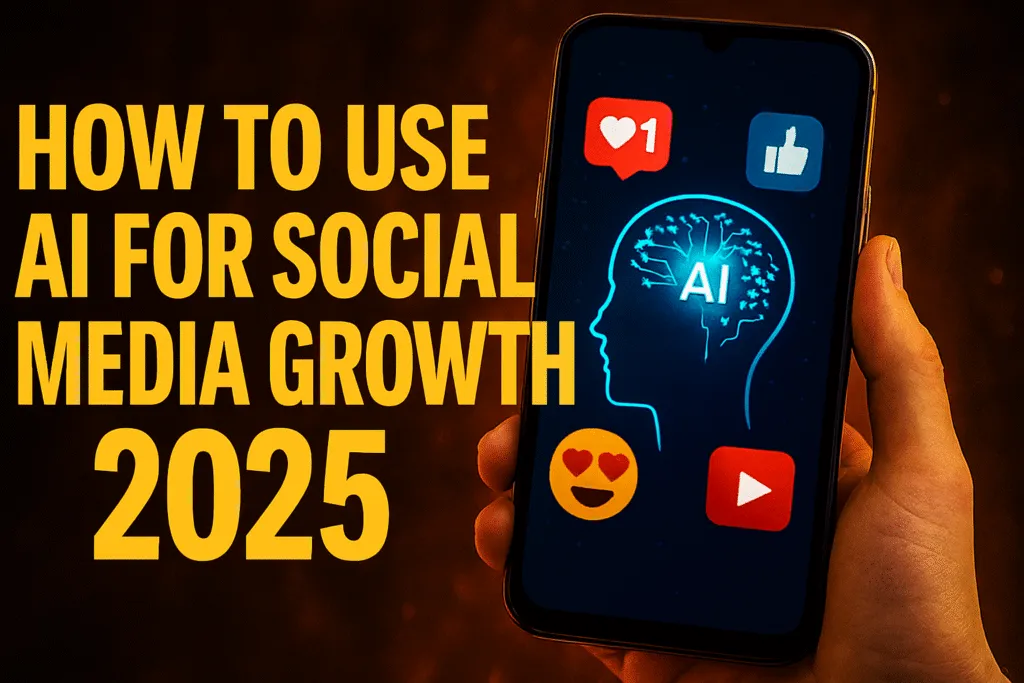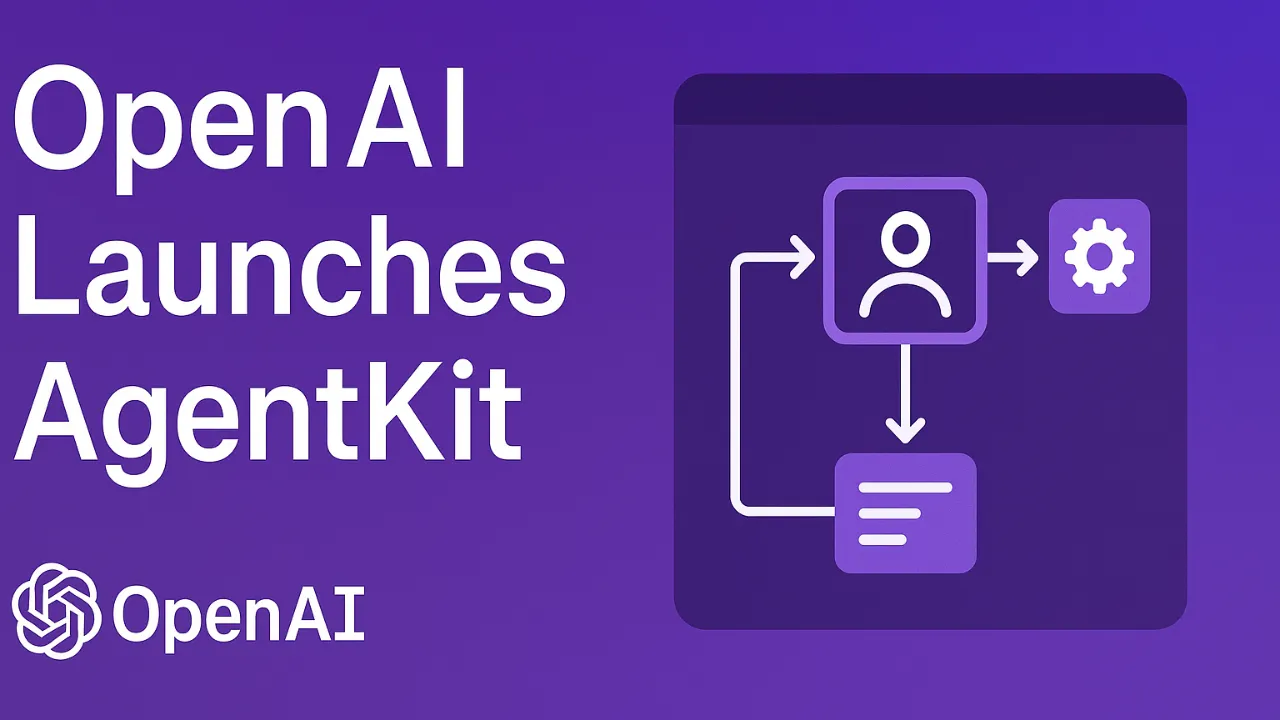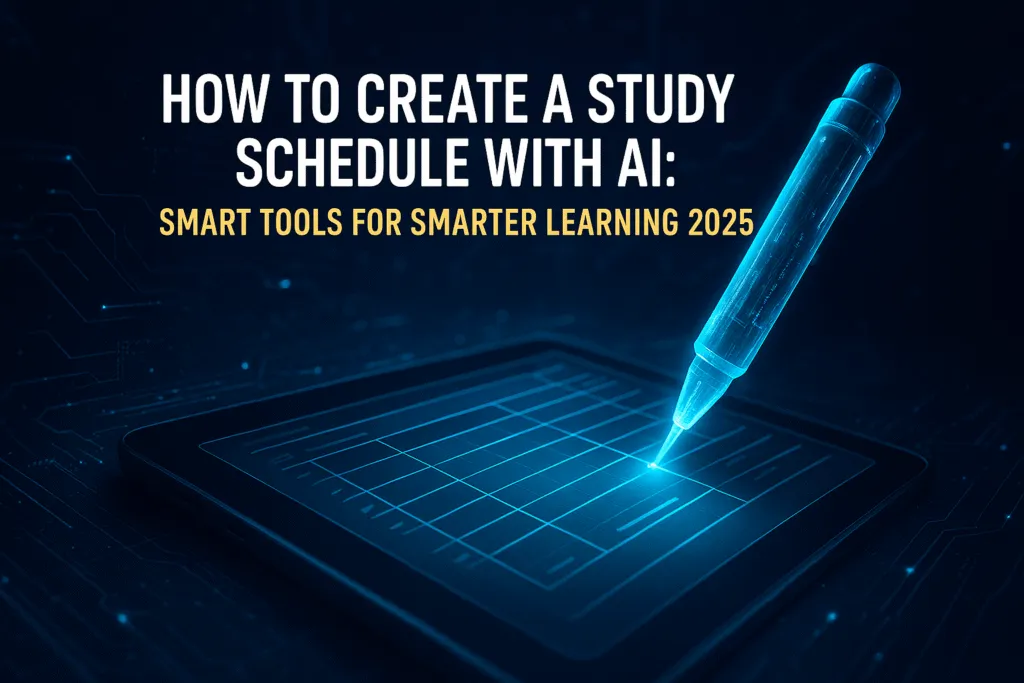Introduction – Why AI is a Game-Changer for Social Media
In today’s fast-paced digital landscape, AI for Social Media is transforming how creators and brands connect with their audiences. It takes traditional strategies and makes them faster, smarter, and more data-driven.
With AI, you can analyze audience behavior in seconds and predict trending topics before they peak. This allows you to create content that resonates and stays relevant in a constantly changing environment.
AI for Social Media also helps you design engaging visuals, craft personalized captions, and schedule posts at the best times for maximum reach. These features save time while increasing overall engagement.
Beyond content creation, AI analyzes performance metrics like likes, shares, and click-through rates. This means you can refine your strategy based on real insights instead of guesswork.
The real power of AI lies in how it complements human creativity. While AI handles repetitive and analytical tasks, you can focus on storytelling and building meaningful connections.
For anyone serious about online growth, adopting AI for Social Media is no longer optional—it’s the edge you need to stand out in a crowded digital space.
Setting Clear Goals for AI-Powered Growth
Using AI for Social Media effectively starts with having a clear vision of what you want to achieve. Without defined objectives, even the most advanced tools can’t deliver meaningful results.
Begin by identifying your primary goal. Do you want to increase followers, boost engagement, drive traffic to your website, or improve brand awareness? Each goal requires a slightly different AI-powered approach, and knowing your target will help you choose the right tools and strategies.
For example, if engagement is your focus, you can use AI to analyze interaction patterns and suggest optimal posting times. If traffic is your priority, AI can help create SEO-optimized captions, identify trending hashtags, and target the right audience through paid ads.
It’s also important to make your goals measurable. Instead of saying “I want more followers,” set a specific target like “I want to gain 5,000 followers in three months.” AI for Social Media becomes far more powerful when it works toward defined, trackable outcomes.
By setting clear goals, you ensure that every AI-driven action aligns with your vision. This structured approach not only saves time but also maximizes the return on your efforts in the competitive world of social media growth.
AI Tools for Content Creation
AI for Social Media has made content creation faster, smarter, and more efficient than ever before. Instead of spending hours brainstorming ideas or designing posts, you can now use AI-powered tools to streamline the entire process.
For written content, platforms like ChatGPT, Jasper, and Copy.ai can help you generate engaging captions, blog snippets, and ad copy in seconds. These tools can adapt to your brand’s tone, ensuring your messaging stays consistent across all platforms.
When it comes to visuals, tools like Canva’s Magic Studio, Adobe Express AI, and Fotor AI can create eye-catching designs, reels covers, and infographics with minimal effort. You simply provide your concept, and AI handles the layout, color matching, and design elements.
For video content, solutions like Synthesia and HeyGen allow you to produce professional-quality videos without a full production team. You can turn scripts into polished videos with realistic AI avatars and voiceovers, perfect for product demos or social campaigns.
By leveraging these tools, you save time on repetitive tasks and focus more on strategy and creativity. AI for Social Media doesn’t replace your ideas—it enhances them, giving you the resources to publish high-quality content consistently and at scale.
AI for Content Ideas & Trend Discovery
One of the biggest challenges in social media growth is consistently coming up with fresh ideas that capture attention. AI for Social Media solves this by helping you discover trending topics, viral formats, and content gaps in your niche.
Tools like Exploding Topics and TrendHunter use AI to scan the internet for emerging trends before they hit the mainstream. This gives you a first-mover advantage, allowing you to create relevant posts before competitors catch on.
Social platforms also offer AI-driven insights. TikTok Creative Center, for example, highlights trending sounds, hashtags, and formats, while Instagram’s analytics can reveal which content types resonate most with your audience.
AI chat tools like ChatGPT can also generate unique content ideas tailored to your niche. By combining audience data with trend analysis, you can create posts that align with both what’s popular and what your followers want to see.
Using AI for Content Ideas & Trend Discovery ensures your social media stays fresh, relevant, and engaging. Instead of guessing what might work, you can rely on real-time data and predictive analysis to plan posts that have a higher chance of going viral.
AI-Powered Hashtag & SEO Optimization
AI for Social Media is not just about creating content—it’s also about making sure that content reaches the right audience. Hashtags and SEO play a crucial role in discoverability, and AI tools can help optimize both for maximum impact.
Platforms like Flick AI and RiteTag analyze real-time hashtag performance, suggesting options that balance high reach with low competition. This ensures your posts get seen by more people without getting lost in overly crowded tags. AI can also recommend hashtag combinations that work best for your niche, improving engagement and visibility.
On the SEO side, tools like SEMrush, Ahrefs, and Keywordtool.io use AI to find keywords that can be naturally included in your captions, bio, and post descriptions. This not only boosts your ranking in search results but also increases your chances of appearing in platform-specific discovery feeds.
The key is to combine hashtag and keyword strategies so they work together. AI-powered insights make this process faster and more accurate, helping you avoid trial-and-error guessing. By using AI for Social Media in this way, you ensure your content is not only high quality but also optimized to reach the audience that matters most.
Using AI for Post Scheduling & Automation
AI for Social Media isn’t just useful for creating and optimizing content—it can also handle the timing and delivery of your posts for maximum impact. Consistency is one of the biggest factors in social media growth, and AI-powered scheduling tools make it effortless.
Platforms like Buffer, Hootsuite, and Later use AI to analyze audience activity and determine the best times to post. This ensures your content goes live when your followers are most active, increasing the chances of engagement and reach.
Automation tools can also queue up weeks or even months of content in advance. This means you can batch-create your posts and let AI handle the publishing, freeing you from the stress of daily posting.
Advanced AI schedulers even adapt in real time, adjusting your posting schedule if engagement patterns change. For example, if your audience starts becoming more active in the evenings, AI will automatically shift posting times to match.
By using AI for Post Scheduling & Automation, you can maintain a steady flow of content without sacrificing your time. This allows you to focus more on strategy, creativity, and audience interaction while AI keeps your posting consistent and optimized.
AI for Audience Analysis & Engagement Tracking
AI for Social Media can do more than just help you create and post content—it can also give you deep insights into who your audience is and how they interact with your brand. Understanding this data is the key to making smarter content decisions.
AI-powered analytics tools like Sprout Social, Socialbakers, and Brandwatch can track engagement metrics such as likes, comments, shares, and watch time. They break down this data to show you which posts perform best, what topics your audience prefers, and when they are most active.
Beyond basic stats, AI can segment your audience based on demographics, interests, and behaviors. This helps you personalize content for different groups, making your posts more relevant and impactful.
Some advanced tools even use predictive analytics to forecast future engagement trends, allowing you to plan content that’s more likely to succeed. You can also track brand sentiment through AI, spotting whether reactions to your posts are positive, neutral, or negative.
By using AI for Audience Analysis & Engagement Tracking, you replace guesswork with precise data-driven strategies. This ensures that every post is backed by insights, helping you grow faster and connect more meaningfully with your followers.
Leveraging AI for Social Media Ads & Targeting
AI for Social Media has completely changed how ads are planned, delivered, and optimized. Instead of relying on broad targeting and trial-and-error campaigns, AI tools can pinpoint exactly who is most likely to engage with your content or buy your product.
Platforms like Facebook Ads Manager, Google Performance Max, and TikTok Ads use AI to analyze user behavior, demographics, and interests in real time. This allows them to automatically show your ads to people who match your ideal audience profile.
AI also helps with ad creative. Tools like AdCreative.ai and Pencil can generate ad variations, test them against different audience segments, and keep only the highest-performing versions. This reduces wasted ad spend and improves ROI.
Another advantage is automated budget allocation. AI can shift your ad spend toward campaigns or audiences that are performing well while reducing spend on underperforming ones. This ensures your marketing budget is used as efficiently as possible.
By leveraging AI for Social Media Ads & Targeting, you not only reach the right people but also continuously improve your campaigns with real-time optimization. The result is higher engagement, better conversion rates, and a stronger return on investment.
Case Studies – Brands Growing with AI
Many brands are already proving how powerful AI for Social Media can be when used strategically. By combining creativity with data-driven insights, they’ve achieved faster growth and stronger audience connections.
For example, a popular fashion brand used AI-powered analytics to track real-time engagement and identify which styles and colors resonated most with their audience. They then created targeted posts and ads based on these insights, resulting in a 35% increase in sales within three months.
A tech startup leveraged AI scheduling tools to post consistently across multiple platforms without manual effort. They paired this with AI-generated captions tailored to each platform’s audience, boosting engagement rates by over 50%.
Another example is a travel company that used AI trend discovery tools to spot emerging destinations before they went mainstream. They produced early content on these locations, which went viral and positioned them as a go-to source for travel inspiration.
These case studies show that AI for Social Media works across industries. Whether it’s fashion, tech, or travel, brands that adopt AI see measurable improvements in reach, engagement, and conversions—making it a clear advantage in today’s competitive online space.
Common Mistakes to Avoid When Using AI for Social Media
While AI for Social Media offers incredible opportunities, many creators and brands make avoidable mistakes that limit its potential. Knowing these pitfalls can help you get better results.
One common mistake is relying completely on AI without adding a human touch. AI can generate captions, visuals, and ideas, but audiences still connect best with authentic, relatable content. Always personalize and review AI-generated material before posting.
Another mistake is ignoring data analysis. Many users adopt AI tools for content creation but fail to track performance. Without measuring engagement and reach, you can’t refine your strategy or know what truly works.
Overusing automation is also a risk. Scheduling tools save time, but if you automate everything, your social media may start to feel robotic. Regular manual interaction keeps your brand relatable and approachable.
Lastly, not setting clear goals before using AI can lead to scattered efforts. Without defined objectives, even the best AI tools won’t deliver consistent growth.
Avoiding these mistakes ensures AI for Social Media becomes a powerful ally rather than a crutch. When used thoughtfully, it can enhance creativity, save time, and drive measurable results.
Future Trends in AI-Driven Social Media Growth
AI for Social Media is evolving rapidly, and the next few years will bring even more advanced tools to help creators and brands grow. One key trend is hyper-personalization, where AI will deliver content tailored to each individual follower based on their behavior, interests, and engagement history. This will make posts more relevant and increase interaction rates.
Another major trend is predictive analytics becoming mainstream. Instead of just analyzing past performance, AI will forecast what content will perform best in the future, allowing you to plan posts with higher chances of going viral.
We’ll also see more AI-powered video creation and editing tools, making professional-quality content accessible to anyone without technical skills. Interactive AI features, such as chatbots for direct audience engagement on social platforms, will further boost real-time connections.
Voice and AR integration will play a bigger role as well, with AI helping brands create immersive experiences that blend digital and physical worlds.
As these innovations grow, AI for Social Media will shift from being a helpful tool to an essential part of every growth strategy. Brands that adopt these trends early will have a significant advantage in the increasingly competitive social media landscape.
Conclusion – Blending AI with Human Creativity
AI for Social Media has proven to be a powerful force in driving growth, streamlining processes, and delivering data-backed strategies. It can create content, discover trends, optimize posting schedules, and analyze audience behavior with impressive speed and accuracy. However, the real magic happens when AI is paired with human creativity.
While AI handles the heavy lifting—such as automation, analytics, and optimization—it’s your personal touch that makes the content authentic and relatable. Followers connect with stories, emotions, and unique perspectives that only humans can provide. This balance ensures your social media presence remains both efficient and engaging.
Using AI as an assistant rather than a replacement allows you to focus on crafting narratives, building relationships, and making creative decisions that align with your brand voice. At the same time, AI helps you save time, improve consistency, and adapt quickly to changes in audience preferences or platform algorithms.
In the fast-moving digital landscape, those who blend AI for Social Media with genuine human input will stand out. The future belongs to creators and brands who embrace technology not just to work smarter, but to connect deeper with their audiences.
Also Read: Deepfake Detection Tools 2025: Can Technology Beat Fake Media?
FAQs – AI and Social Media Growth
Q1. How can AI for Social Media help me grow faster?
AI analyzes data, predicts trends, and automates tasks like scheduling and hashtag selection, allowing you to focus on creating high-quality, engaging content that reaches the right audience at the right time.
Q2. Do I need technical skills to use AI tools for social media?
No, most AI for Social Media tools are user-friendly with simple interfaces. You can start using them without coding or advanced technical knowledge.
Q3. Can AI completely replace human creativity?
No, AI can enhance creativity but cannot replace the personal touch, emotional connection, and authenticity that humans bring to content.
Q4. Is AI useful for small businesses or only big brands?
AI works for everyone. Small businesses can benefit from AI’s cost-effectiveness, automation, and insights just as much as larger brands.
Q5. Which social media platforms work best with AI?
AI can be used effectively on Instagram, Facebook, TikTok, LinkedIn, YouTube, and Twitter (X), as most major platforms support data-driven optimization and automation tools.













